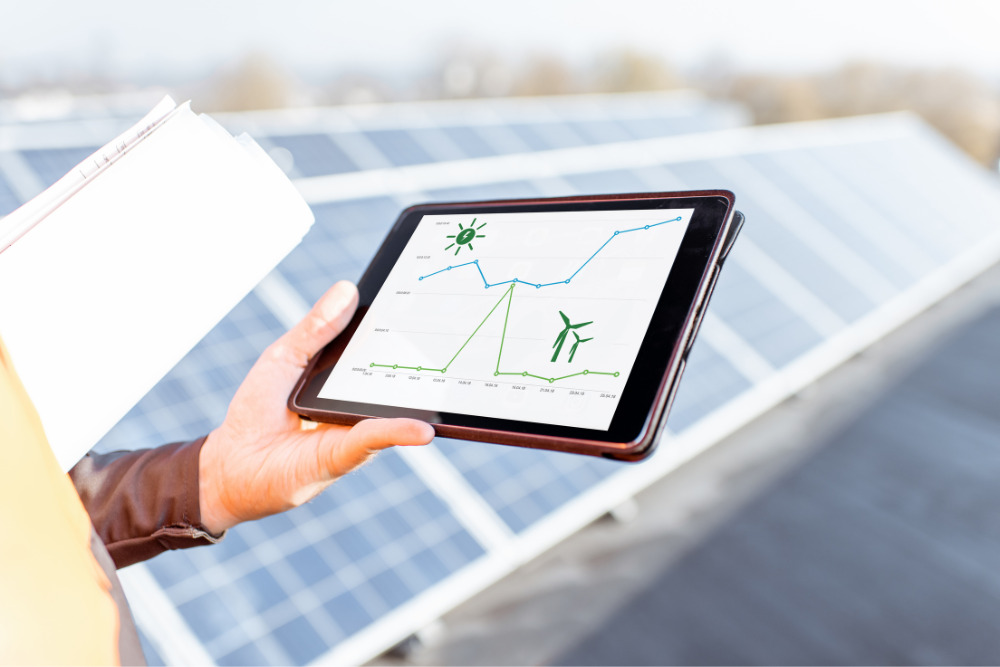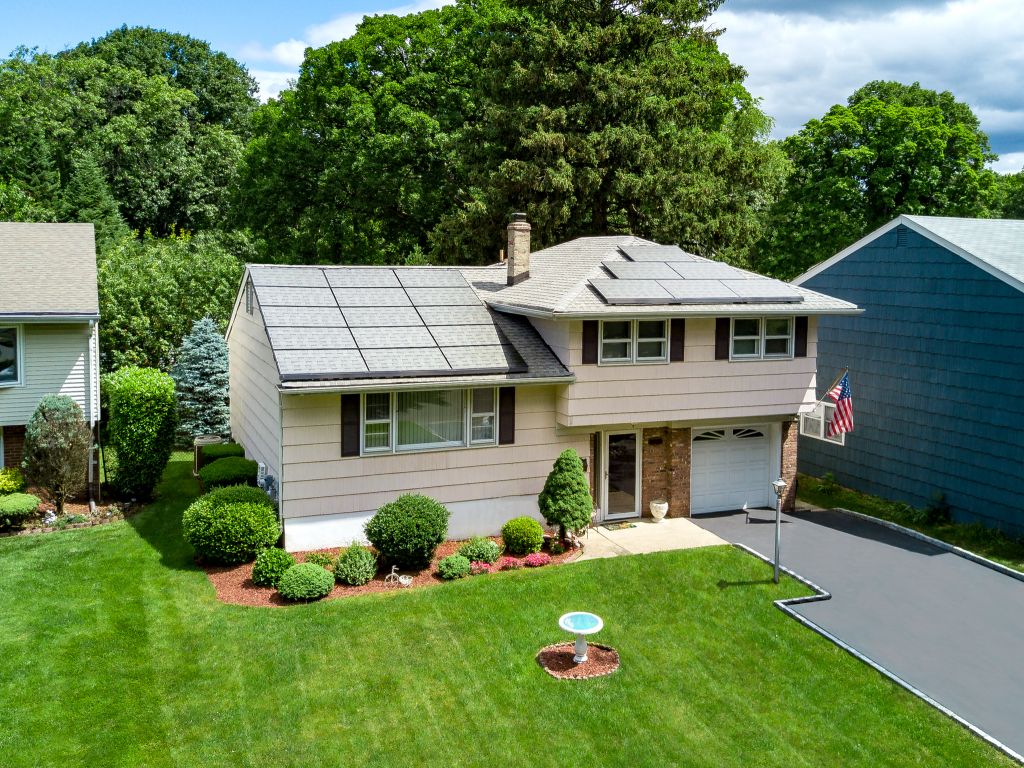
While traditional power sources like fossil fuels have long dominated the market, the rise of residential solar power presents a compelling alternative, offering homeowners greater control over their electricity production and consumption.
The energy landscape has seen a growing interest in renewable sources in recent years, with residential solar power emerging as a viable alternative to traditional power sources. This shift is driven by a combination of environmental concerns, cost savings, and advancements in solar technology.
Residential solar power, generated through photovoltaic (PV) solar panels, differs from traditional electricity generation sources such as natural gas and power plants in several ways. Solar energy systems, consisting of solar cells within a solar panel system, convert sunlight into direct current (DC) electricity. This DC is then converted into alternating current (AC) through an inverter to power homes.
Is Solar Energy Better Than Traditional Energy?
Solar energy offers numerous advantages over traditional energy sources.
Solar power is a renewable clean energy
It harnesses the sun's energy without depleting finite resources or producing harmful greenhouse gas emissions that contribute to climate change. In contrast, traditional power generation, which often involves burning fossil fuels, is subject to fluctuating fuel costs, environmental concerns, and reliance on centralized power grids.
Solar electricity provides energy independence and resilience
It allows communities and individuals to generate electricity and stop relying on centralized power grids. Additionally, solar power can lead to long-term cost savings, as it eliminates or significantly reduces a homeowners reliance on the grid and lowers monthly electricity costs.
Solar panels can contribute to job creation and stimulate local economies
The $33 billion industry employed more than 255,000 people in 2021 and is expected to continue to grow. This is largely due to the drop in the cost of solar combined with an increased federal solar tax credit and other financial incentives and tax credits, making solar more accessible and affordable to average homeowners.
Solar power systems are appealing to home buyers and increase home value.
According to Zillow, homes with solar sell for an average of 4% more than comparable homes without solar. In addition to adding monetary value to your home, solar panels also add value by generating clean energy, lowering your electricity bill, and reducing your carbon footprint.

Is Solar Really Cheaper Than Electricity?
The cost-effectiveness of solar power depends on various factors such as location, installation size, and local electricity rates. In many regions, solar energy has become increasingly cost-competitive with traditional electricity sources due to declining solar panel prices and government incentives.
On average, residential solar installations take 6-9 years to pay for themselves through electricity bill savings.
The payback period varies based on upfront costs, energy consumption, and available sunlight. Still, technological advancements and favorable financing options have accelerated the return on investment in recent years.
Are There Disadvantages Of Using Solar Power As A Natural Resource?
While solar power offers numerous advantages, it is not without its shortcomings.
Generating electricity through solar panels depends on sunlight, making it intermittent and susceptible to fluctuations due to weather conditions and time of day. For homeowners that want to completely eliminate utility bills, battery storage is necessary to store excess electricity.
The initial installation cost of solar panels can be relatively high, although it has decreased over time.
Solar panel installation require a significant amount of roof or ground space, which may pose challenges in densely populated areas.
Some people don’t like the aesthetics of solar panels and may struggle to have installation approved by their neighborhood HOA. This is one downside that is easily overcome by applying SolarSkin overlays at installation to blend the look of the panels with your home’s roof tiles or shingles.

The manufacture and disposal of solar panels have environmental impacts if not managed properly, although efforts are being made to improve recycling and reduce the ecological footprint.
Can Solar Energy Replace All Traditional Forms Of Energy?
While solar energy is unlikely to replace all traditional forms of energy completely, it will play a major part in the future of energy independence. Solar power is highly dependent on sunlight availability, making it challenging to provide a consistent and reliable energy supply at all times and in all locations.
Additionally, certain industries and sectors may have specific energy requirements better met by other sources. However, solar energy can play a substantial part in a diverse energy mix, contributing to a cleaner and more sustainable future while reducing reliance on fossil fuels.
How Does Solar Power Compare To Other Power Sources, Like Wind & Water?
Compared to wind power, solar energy is not dependent on wind speed and can generate electricity even on calm days. However, using wind turbines for wind energy can be more consistent and produce higher energy yields in regions with strong and consistent winds.
Compared to hydropower, solar energy is more widely accessible as it does not require proximity to water bodies, but hydropower can provide greater energy output and energy storage capabilities.
Each renewable energy source has its advantages and considerations, and the optimal mix depends on factors like location, available resources, and specific energy needs.


